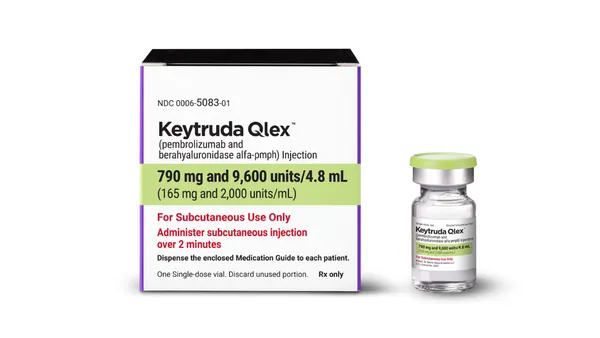The numbers are staggering: 70% of all medical prescriptions go unconsumed, leading to $77 billion in excess healthcare costs each year; 30% to 85% of patients may disregard refills, depending on the disease and treatment regimen; and up to 20% of all hospital and nursing home admissions and 125 deaths annually are attributed to noncompliance. These statistics, courtesy of Cutting Edge Information, are not unfamiliar to anyone involved in the healthcare industry. For more than 30 years, improving compliance has been a major goal. What is surprising is the lack of progress that has been made in the past 30 years to overcome the challenges of noncompliance and persistency. According to the many experts interviewed for this month’s Forum (please turn to page 10), understanding and addressing the complexity of patient behavior is one of the major avenues identified by pharmaceutical companies, marketers, and communications experts to improve compliance. Psychosocial factors, such as patients’ perceived health status, perceived self-healthcare, depression, perceived control over future health, social support, and disease-specific perceived quality of life need to be measured. According to Robert Paulson, director of national accounts at Marketing Technology Solutions Inc., despite the industry’s well-conceived and executed post-prescription compliance programs, overall adherence rates have remained unchanged at about 50% for many years. “Noncompliance continues to plague the industry because it is tangled in a multitude of psychosocial factors,” he says. “More than half of all patients forget verbal information communicated by their physician, and 60% forget what they are advised to do within one hour of leaving the office. Worse yet, only 35% of patients receive instructions on how to take their medications to begin with. It is crucial for pharmaceutical companies to get patients information and educate them before they meet with their physicians.” The trend toward managing the whole health of patients will require physicians to learn new methods for interacting with patients, according to experts in the field. Doctors will need to collaborate with other providers to develop multifaceted medical and behavioral treatments for chronic conditions and to monitor patient adherence to these treatments. According to a recent article from the American College of Physicians, research into effective methods of improving patient adherence to prescribed medical, behavioral, and preventive treatments will proliferate and large-scale systematic reviews of this research will likely result in practice guidelines for behavior change based on demonstrated validities of various biopsychosocial models. “The major reason compliance has been a difficult nut to crack is because the industry is requiring significant behavior change and adoption by consumers,” says Peter Nalen, president and CEO of Compass Healthcare Communications. “People are more compliant with vitamins than prescription medications. Why? Because as kids we took vitamins, not Flintstones chewable Lipitor.” Some experts believe that a more customer-focused industry, coupled with new technologies, better communications, easy-to-understand instructions, and data to support the financial savings and value that medicines bring to improving the quality of life for patients, presents hope that compliance can be enhanced. Taren Grom Editor Letter from the Editor November 2005 Solutions to improving compliance can take the form of patient education, reminders, and ongoing monitoring, including call centers, e-mail reminder programs, computer programs, high-tech packaging, and other tools to remind patients of dosages and refills. Taren Grom A tough pill to swallow
An article from


Letter from the Editor
Filed Under:
Commercialization










